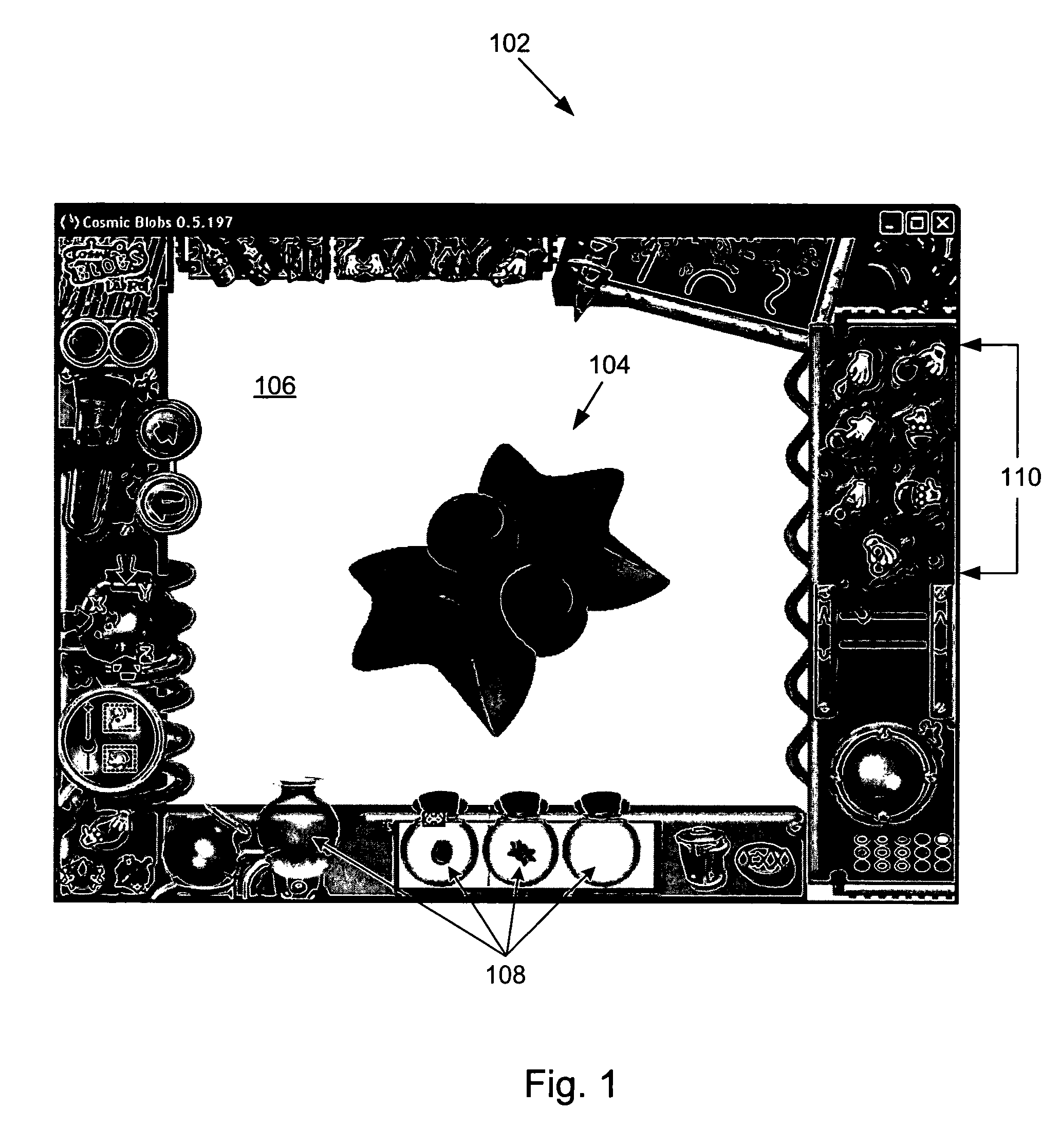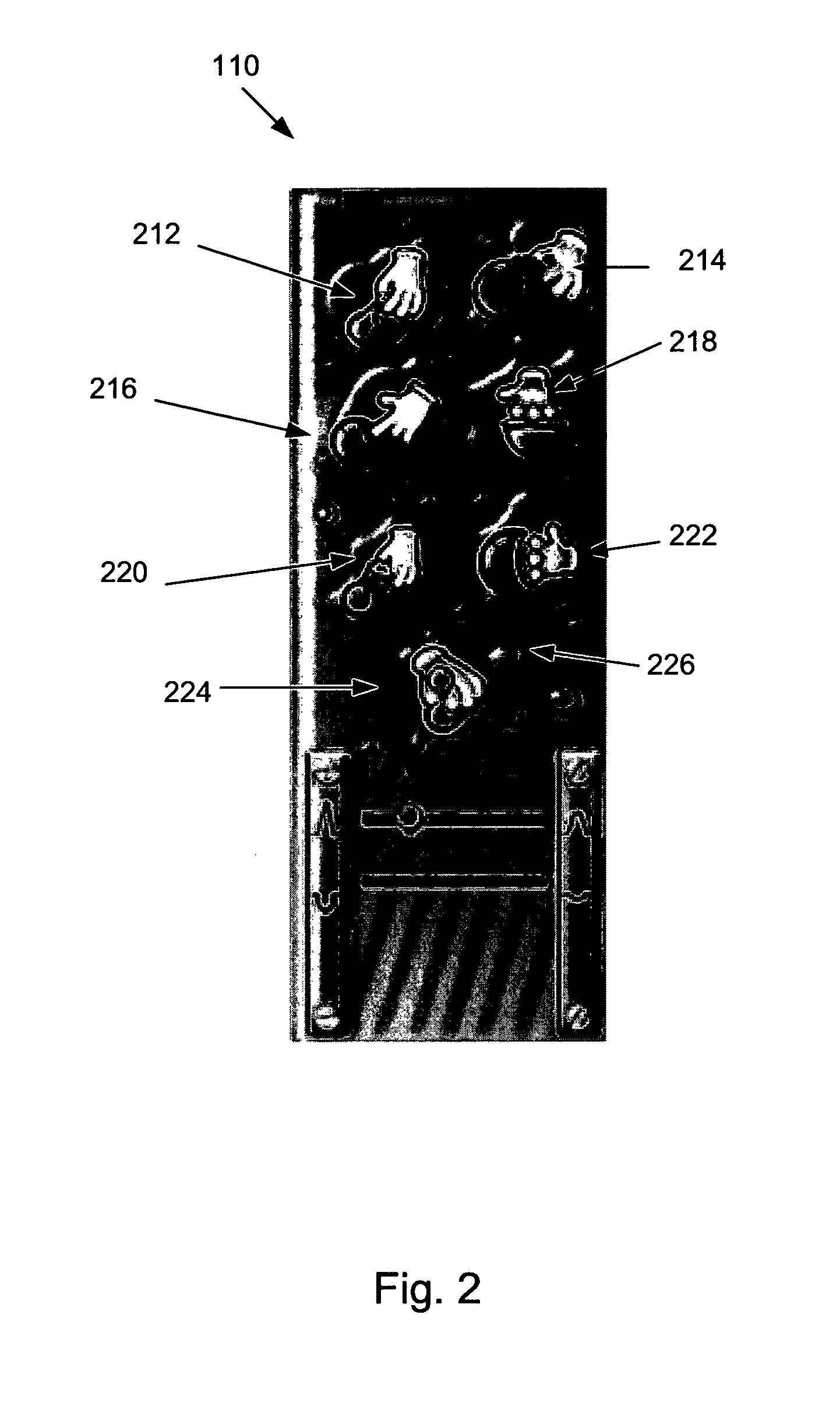Deformation of a computer-generated model
a computer-generated model and model technology, applied in the field of computer-generated model deformation, can solve the problems of increasing the size of the control mesh, difficult to approximate the implicit surface with a mesh, and limited control of surface modifications
- Summary
- Abstract
- Description
- Claims
- Application Information
AI Technical Summary
Benefits of technology
Problems solved by technology
Method used
Image
Examples
Embodiment Construction
[0029]The present invention facilitates smooth real-time deformations of freeform surfaces by utilizing arbitrary lower-order geometry and other deformation controls to directly manipulate one or more surfaces. Such arbitrary lower-order geometry includes, by way of non-limiting example, points, curves, planes, axes, and surfaces. Moreover, the present invention preserves the existing smoothness of the surfaces and existing surface curvature characteristics. A sequence of smooth space mappings is used to change the shape of a model without a loss in model accuracy. Furthermore, a user interface provides users with a natural, fast, and simple approach to deforming freeform surfaces. The user interface affords access to a functional library that supports the direct interactive manipulation of one or more surfaces. Due to the foregoing, the present invention enhances the capabilities of a computerized modeling system.
[0030]FIG. 1 shows a window 102 displayed on a CRT and generated by m...
PUM
 Login to View More
Login to View More Abstract
Description
Claims
Application Information
 Login to View More
Login to View More - R&D
- Intellectual Property
- Life Sciences
- Materials
- Tech Scout
- Unparalleled Data Quality
- Higher Quality Content
- 60% Fewer Hallucinations
Browse by: Latest US Patents, China's latest patents, Technical Efficacy Thesaurus, Application Domain, Technology Topic, Popular Technical Reports.
© 2025 PatSnap. All rights reserved.Legal|Privacy policy|Modern Slavery Act Transparency Statement|Sitemap|About US| Contact US: help@patsnap.com



